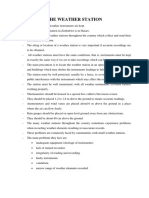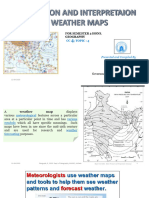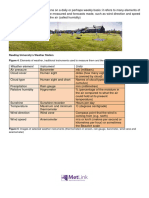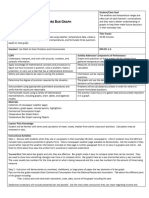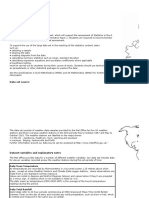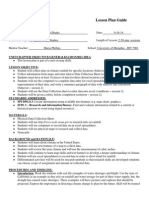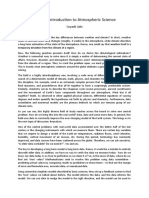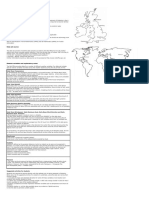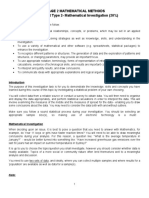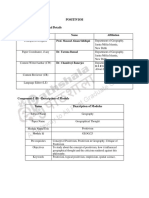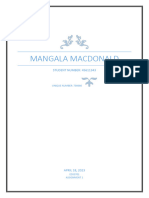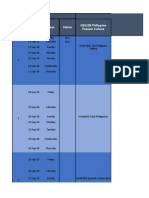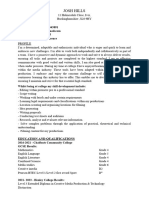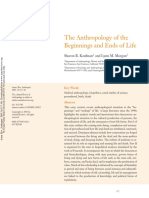0% found this document useful (0 votes)
36 views5 pagesAnalysing Weather Data1
This document provides guidance for a project where students analyze weather data from the Weather Observations Website (WOW). Students will collect temperature data from multiple observation sites over a period of time, calculate averages, and produce graphs to analyze outliers and trends. The objectives are to develop scientific skills in data collection, analysis, and presentation while learning about how weather variables change over time and location.
Uploaded by
Chetan KembhaviCopyright
© © All Rights Reserved
We take content rights seriously. If you suspect this is your content, claim it here.
Available Formats
Download as PDF, TXT or read online on Scribd
0% found this document useful (0 votes)
36 views5 pagesAnalysing Weather Data1
This document provides guidance for a project where students analyze weather data from the Weather Observations Website (WOW). Students will collect temperature data from multiple observation sites over a period of time, calculate averages, and produce graphs to analyze outliers and trends. The objectives are to develop scientific skills in data collection, analysis, and presentation while learning about how weather variables change over time and location.
Uploaded by
Chetan KembhaviCopyright
© © All Rights Reserved
We take content rights seriously. If you suspect this is your content, claim it here.
Available Formats
Download as PDF, TXT or read online on Scribd
/ 5























